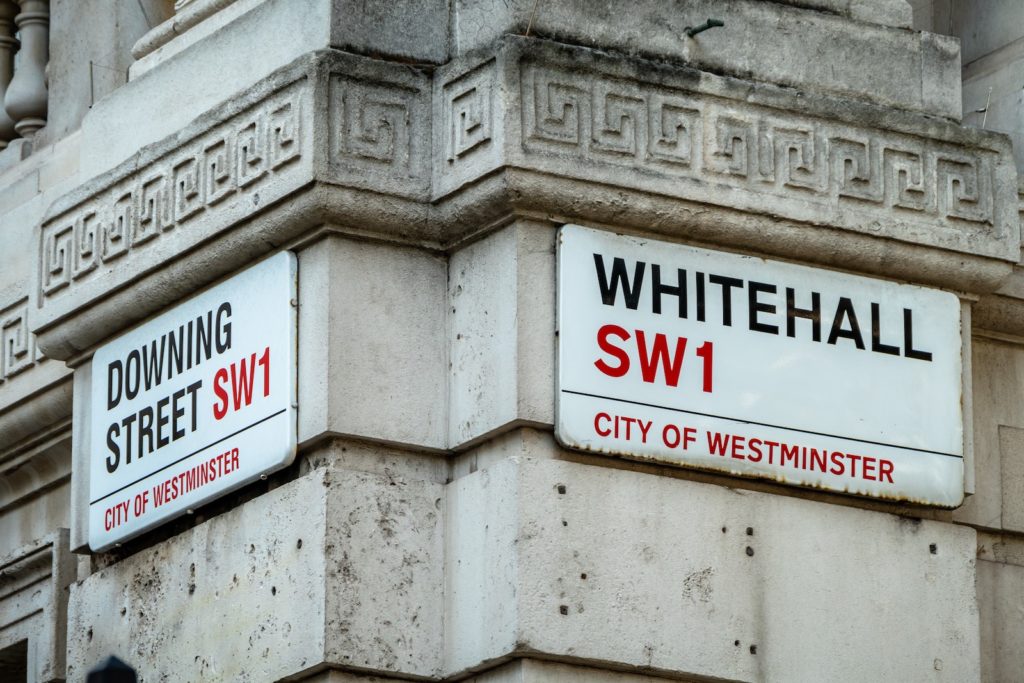In 2008, the UK passed the Climate Change Act, beginning a long-term commitment to cut national greenhouse gas (GHG) emissions by at least 80% from 1990 levels by 2050, and agree progressive ‘carbon budgets’ to drive progress toward this target. In 2019, this was amended to require the UK to bring all GHG emissions to Net Zero (NZ) by 2050. This commitment is widely known as Net Zero Carbon 2050. In the interim, the 5th Carbon Budget (2028 to 2032) requires emissions to be reduced by 57% by 2030 compared to 1990, and the 6th carbon Budget requires emissions to be reduced by 78% by 2035 compared to 1990.
For the UK, the commitments defined above and the UK Government’s Ten Point Plan for a green industrial revolution outline how the UK will transition onto the NZ path. As the built environment contributes up to 42% of the UK’s total carbon footprint, the efficient management and decarbonization of property portfolios is a focal point in the UK’s transition to NZ. As it is estimated that 80% of the UK’s buildings in 2050 are already standing today, we need to ensure that current stock is appropriately addressed, as well as new construction projects. As the biggest land and property owner, UK Government must now lead the revolution with the transition of its own estate to NZ.
“Decarbonising the public estate will play a pivotal role in our fight against climate change. With more than 300,000 individual properties, at a combined value of £515bn, the UK public sector manages, by some distance, the largest property portfolio in the country,” says Lord Theodore Agnew, Minister of State for HM Treasury and Cabinet Office. “Operating at this scale means that every decision we make and every improvement we implement has an impact. We must go beyond decarbonizing our own estate, by leading from the front, setting an example, and bringing industry with us.”
To drive this change the UK government has released an NZ Estate (NZE) Playbook to provide guidance to support UK government departments and public sector bodies to transition their estate towards NZ. The Playbook is a high-level guide to help property professionals understand their current emissions and energy use across their portfolios and the steps to take in designing and implementing solutions and monitoring emissions in the transition towards NZ. It presents a high-level guide to help property professionals understand their current emissions and energy use across their portfolios and the steps to take in designing and implementing solutions and monitoring emissions in the transition towards NZ.

For the public sector, the UK Government sets the ambition in their Clean Growth Strategy, that a 50% reduction in direct public sector emissions would be delivered by 2032 against a 2017 baseline. Their approach to NZ in buildings, as set out in the NZE Playbook, has been highly influenced by the UK Green Building Council (UKGBC), and adopts its NZ definition for operational and construction emissions, as well as their definition of whole life carbon — “When the amount of carbon emissions associated with a building’s embodied and operational impacts over the life of the building, including its disposal, are zero or negative.”
“As in the Government Functional Standard for Property (GovS 004), organizations should adopt a whole life asset management approach to determine the whole-life costs of government property assets. This should include consideration and measurement (where feasible) of whole-life carbon impacts, particularly in the design and planning stage for new builds or major renovations,” reads the Playbook. “However, whole life carbon is outside the scope of this Playbook due to current limitations in the reporting of carbon from the maintenance, repair, refurbishment, and end-of-life stages of a building’s lifecycle. This is a developing area that will be captured in more detail in future revisions of the NZE Playbook.
Decarbonization is not a quick fix and is likely to be delivered over a sustained period of time, so this Playbook focuses on the management and structuring of the overall program, as well as the beginning of the delivery through the commissioning of projects. The majority of properties in the estate or portfolio are likely to be existing and therefore the Playbook focuses on the upgrading, retrofitting, or refurbishing of existing stock separately from newbuilds. And, for each, it sets out a 6-step NZ roadmap from establishing personnel and processes, through design and planning stages, as well as funding, deployment, and performance monitoring.
“There is a very clear direction set out for government property. We are steadily working towards creating a greener public estate. Since 2010, we have reduced carbon emissions by 50%, but there remains much more work to do,” says Lord Agnew. “It builds on work already underway across government. This report will support and complement the Greening Government Commitments, the 25-Year environmental plan, and the hard work of estates and property teams across government who are working tirelessly to make the public estate greener.”



